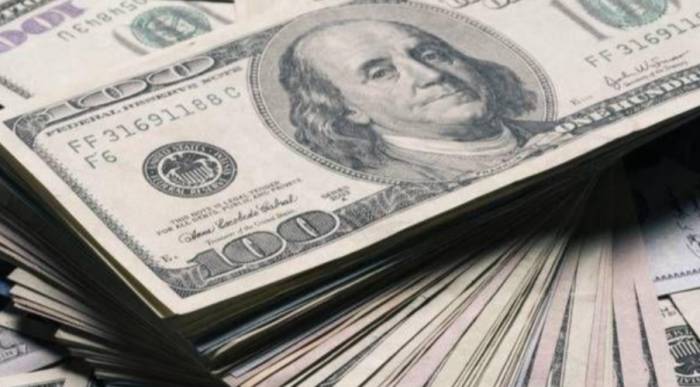01, GDP Growth Surpasses China
China's GDP rebounded to some extent in the third quarter of this year, with a year-on-year increase of 3.9%; however, Vietnam's GDP growth in the third quarter astonishingly reached 13.7% year-on-year.
For the entire year of 2022, China's GDP is expected to grow by 4% to 5%; the International Monetary Fund predicts that Vietnam's annual GDP growth will reach 8% to 9%.
Vietnam's manufacturing sector seems to have become a golden sign, continuously capturing a share of China's manufacturing, and Vietnam's economic development has also accelerated.
02, Financial Dilemma
On the other hand, we observe that as the US dollar entered an interest rate hike cycle in March this year, Vietnam's stock market has been continuously falling since March, dropping from a high of 1500 points to less than 1000 points now, a decline of more than one-third.
In fact, the financial difficulties Vietnam is currently facing are the deliberate result of the US dollar's harvesting.
In addition to the stock market's decline, the exchange rate of the Vietnamese dong is also continuously falling, forcing Vietnam to continuously deplete its foreign exchange reserves to prevent a significant devaluation of the currency.
Advertisement
On the other hand, Vietnam's debt pressure is also increasing.
External debts are denominated in US dollars, and as the US dollar appreciates, the amount of local currency needed to repay external debts is becoming increasingly higher.On the other hand, the continuous rise in the yield of the U.S. ten-year Treasury bonds has also led to an increase in the interest that Vietnam has to pay on its foreign debt.
As Vietnam's financial crisis grows larger, international funds are also continuously flowing out of the country. From March to November, foreign investors have been continuously selling off related financial assets, with documented amounts reaching nearly 140 trillion Vietnamese dong.
03, Significant Reduction in Manufacturing Orders
In addition to the financial budget difficulties, Vietnam's economy is now facing a number of problems. After entering the third quarter, due to the continuous interest rate hikes by Western countries such as Europe and the United States, global demand has been significantly reduced. Manufacturing orders that used to require Vietnam for production and processing have suddenly disappeared.
Currently, many factories in Vietnam are still completing orders from the first and second quarters of this year, while some factories, due to not receiving new orders, have already started to operate at half capacity. Many employees who were newly recruited in the first half of this year have returned to their hometowns.
Although Vietnam has captured a significant share of China's manufacturing industry in the past period, this share was actually voluntarily given up by China. This is because Vietnam's manufacturing industry is relatively low-end, while China's manufacturing industry is transitioning towards high-end and high-tech.
We can also see this from Vietnam's foreign trade data.Vietnam's merchandise trade has seen a significant surplus, with export growth reaching 17% and import growth at 13%. The current merchandise trade surplus stands at $6.52 billion. However, in the service sector, there is a substantial deficit of $11.2 billion, which is much larger than the merchandise surplus.
As a result, Vietnam's overall trade deficit still amounts to $4.6 billion.
In most cases, these Southeast Asian countries export a large volume of low-end manufactured products to Western countries such as Europe and the United States, and the foreign exchange earned is then used to purchase service items provided by these Western nations.
04. Selling off U.S. Treasury Bonds
Now, Vietnam is also aware of the difficulties it faces and is continuously reducing its holdings of U.S. Treasury bonds, hoping to decrease its dependence on the U.S. dollar.

So far, Vietnam's holdings of U.S. Treasury bonds have been reduced to $38.2 billion.
Before May of this year, Vietnam had sold off U.S. Treasury bonds for eight consecutive months. However, from June to July of this year, Vietnam halted the selling process, only to resume selling U.S. Treasury bonds again in August.
Compared to the previous high of $45.2 billion, the current reduction in U.S. Treasury bonds has exceeded 15%.
Nevertheless, in relation to Vietnam's foreign exchange reserves of nearly $110 billion, the proportion of U.S. Treasury bonds remains as high as 35%. Vietnam still has a long way to go in terms of de-dollarization.